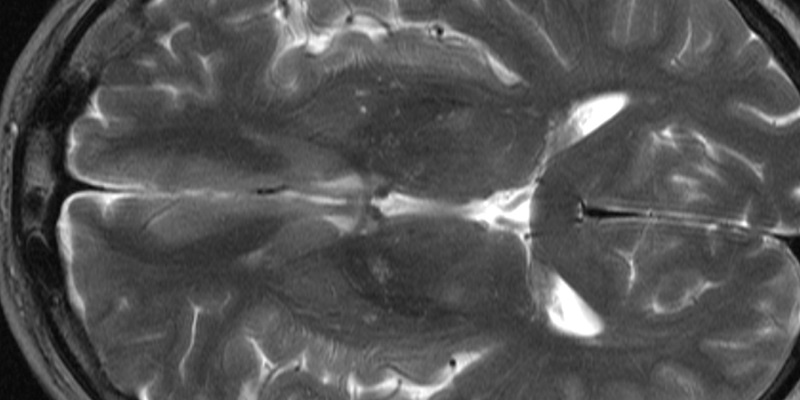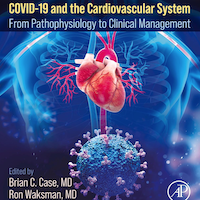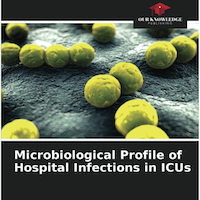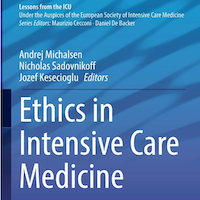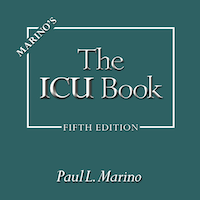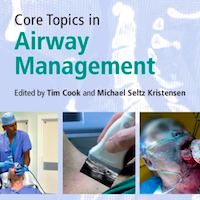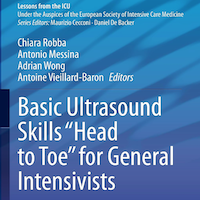Tag: stroke
Cardiotoxicity from Ca Immune Tx; Worried Sick; Bee Sting Heart Damage
Worried sick? Anxiety about health was associated with increased likelihood of ischemic heart disease.... read more

Elevated Cardiac Troponin T Levels May Be Associated With Cerebral Microbleeds
In the future, hs-cTnT may be a possible risk marker upfront of treatment decisions, especially in patients combined with detected CMBs.... read more

Glyburide Promising for Treatment of Acute Ischemic Stroke
Although the study did not demonstrate efficacy of glyburide, differences were seen in the amount midline shift at 3-4 days. In the current study, 86 patients with large (82-300 cc) anterior circulation stroke were randomized... read more
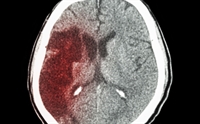
London hospital brings people 'back to life' with new stroke treatment
Critically ill patients left paralysed by strokes are being "brought back to life" on the operating table by a ground-breaking rapid-response treatment at a London hospital.... read more

FDA approves new device for prevention of recurrent strokes in certain patients
FDA approved the Amplatzer PFO Occluder device which reduces the risk of a stroke in patients who previously had a stroke believed to be caused by a blood clot that passed through a small hole in the heart, called a patent... read more
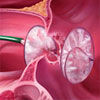
5 New Oral Anticoagulants for Atrial Fibrillation
When trying to decide which therapy for nonvalvular atrial fibrillation (NVAF) is optimal for patients, many factors should be considered, including compliance, ability to perform daily activities of living, and nutrition... read more
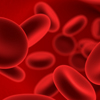
Low Diastolic Blood Pressure Linked to Subclinical Myocardial Damage and Coronary Events: ARIC Analysis
Very low diastolic blood pressure (DBP) is associated with an increased risk of subclinical myocardial damage, particularly among individuals with diastolic pressures less than 60 mm Hg, according to the results of a new... read more
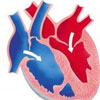
Rivaroxaban associated with increased bleeding risk compared with dabigatran in nonvalvular atrial fibrillation
There was a total of 52 240 new starts of dabigatran and 66 651 new starts of rivaroxaban during the study period. Rivaroxaban was associated with a non-significant decrease in thromboembolic stroke. There was also a non-significant... read more
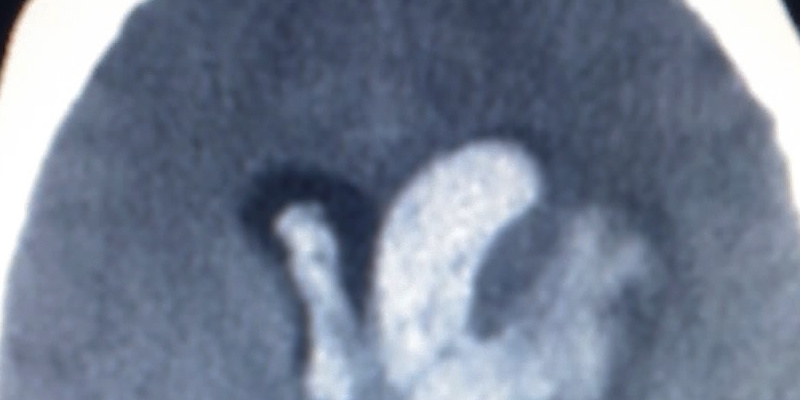
Newer blood thinning drugs safer for reducing atrial fibrillation
Although warfarin has been used for nearly 60 years, researchers say newer blood thinners are a better option for lowering stroke risk among atrial fibrillation patients because they work for a shorter time with fewer side... read more

Time to treatment with endovascular thrombectomy and outcomes from ischemic stroke
Compared to patients treated with medical therapy alone, patients with an ischemic stroke undergoing endovascular thrombectomy combined with medical therapy had lower rates of disability 3 months after their stroke.... read more
